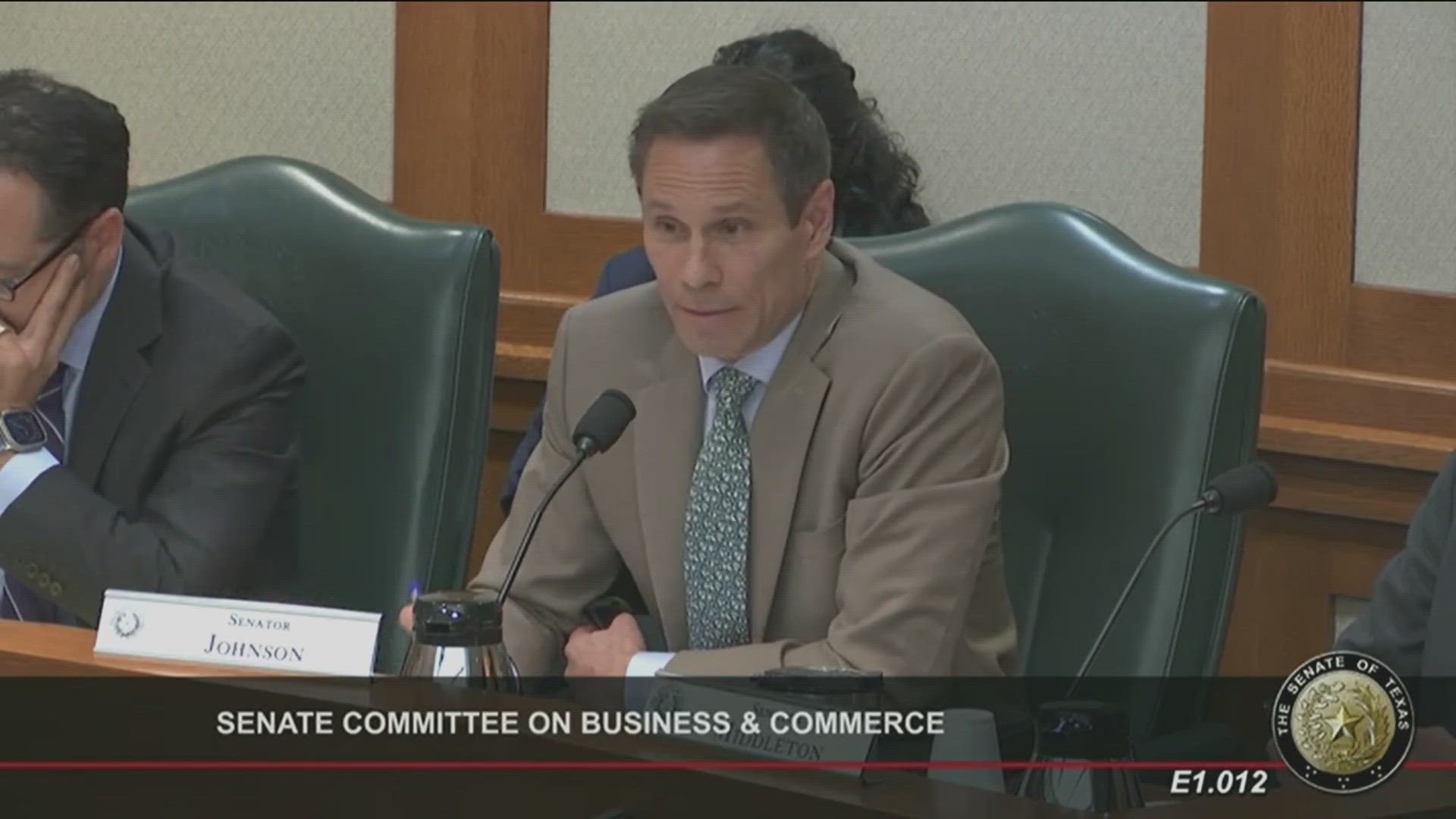AUSTIN, Texas — A new bill filed in the Texas Legislature calls for funeral homes to be allowed to cremate human remains through the process of alkaline hydrolysis.
According to the Cremation Association of America, the alkaline hydrolysis process uses water, alkaline chemicals, heat and a mix of pressure and agitation during the cremation process. This process helps speed up decomposition.
After the process, bone fragments and a neutral liquid called effluent are left behind. The liquid is sterile and contains salts, sugars, amino acids and peptides. The liquid can then be discharged into wastewater.
Senate Bill 105 states that the Texas Funeral Services Commission "by rule shall establish the requirements for cremation through alkaline hydrolysis, including rules for the cremation process and for containers used in the process."
The water cremation process requires an alkaline hydrolysis machine that has a single chamber "which is air and watertight." The Cremation Association of America's website states that the chamber can hold 100 gallons of liquid.
From here, the human remains are placed inside, sealed and the amount of water and chemicals are determined based on the person's sex, body mass and weight. The website also states that the whole process can take between three to 16 hours all dependent on equipment and body mass.
According to the association, the water is either released into the wastewater or it can be used for fertilizer.
This cremation process isn't new. The Cremation Association states that Amos Herbert Hanson developed the process in 1888 when he was looking for a way to fertilize his land from animal carcasses. The first commercial system was installed in 1993 at Albany Medical College to help with disposing of cadavers.
Lawmakers in the Senate Committee on Business and Commerce heard public testimony on SB 105, which was filed on Nov. 14, 2022, on Tuesday. Read the bill here.

